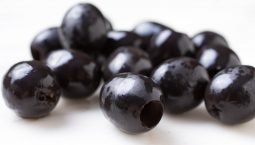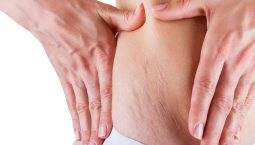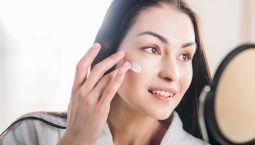Stretch marks are medically known as striae distensae, and are a common complaint in most aesthetic clinics. Multiple mechanisms have been suggested, including mechanical stretching, rapid growth spurts, changes in the hormonal milieu, and medications like oral and injected steroids. Whatever the causative reason, stretch marks do make people uncomfortable and self conscious – especially, if they are located in visible areas.
Does diet have any role in reducing the occurrence/ decreasing the intensity of stretch marks?
In studies conducted so far, there seems to be no definite proof for a beneficial effect of diet on stretch marks. However, obese individuals are more likely to have stretch marks as compared to people whose body weight is within optimal limits.
What are the treatment options available for this condition?
Multiple topical applications containing cosmeceuticals as well as therapeutic agents such as tretinoin and ascorbic acid have all been tried with varying rates of success . Better results can now be expected with microdermabrasion, chemical peels, Narrow band UVB and the newest technology, fractional LASERs, which yields the best outcomes among the options listed. Multiple treatment sessions may however, be required before seeing significant results.








